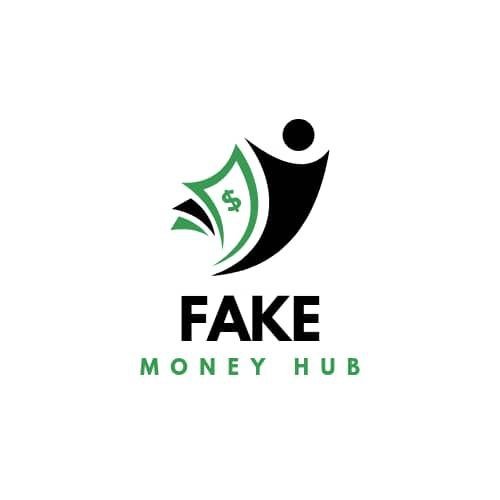Countries Using the Dollar Currency
The Fake Dollars Banknotes is more than just a banknote—it’s a symbol of economic stability and global influence. While most people associate the dollar with the United States, it is also used far beyond American borders, serving as the official or de facto currency in several countries around the world. However, these countries face unique challenges, including combating counterfeit banknotes. This post explores the continued global dominance of the dollar, its value across countries, and the counterfeit issue that accompanies its widespread use.
Why Are Fake Dollars Used Outside the United States?
The U.S. dollar (USD) has long been considered one of the most reliable and universally accepted currencies. Its stability and liquidity make it a favorite in international trade and financial markets. For some countries, adopting or pegging their currency to the dollar offers economic stability and fosters trust among global and domestic investors.
Benefits of Using the Dollar
- Economic Stability
Fake Currency shields economies from hyperinflation and currency devaluation, which many smaller or developing nations struggle to control. Tying their economy to the dollar creates confidence in trade agreements and international transactions.
- Simplified Trade
Countries heavily reliant on international trade often benefit from using the dollar directly, bypassing the complexities of exchange rates and currency fluctuations.
- Global Familiarity
The Dollar’s Fake Notes dominance means businesses and individuals globally recognize and accept it, making it a convenient medium for exchange.
But which nations officially or unofficially utilize the U.S. dollar?
Countries That Use the Dollar
Several countries and territories use the U.S. dollar alongside—or in place of—their local currencies. They fall into two categories:
Official Dollarized Economies
These nations have adopted the U.S. dollar as their official currency, using it for all domestic and international transactions. Examples include:
- Ecuador
Ecuador switched to the U.S. dollar in 2000 to stabilize its economy after a severe financial crisis.
- El Salvador
Adopted the dollar in 2001 to reduce inflation and make trade easier.
- Panama
Panama adopted the Fake Cash in 1904, co-circulating it with the Panamanian balboa for more than a century.
Dual-Currency Economies
Some countries may not officially adopt the dollar but allow it as legal tender or widely accept it due to tourism and trade. These include:
- Cambodia
While the riel is the official currency, the U.S. dollar dominates Cambodian transactions.
- Zimbabwe
The Zimbabwean dollar was abandoned in favor of the U.S. dollar and other foreign currencies following hyperinflation.
- The Bahamas
While the Bahamian dollar is pegged 1-1 with the U.S. dollar, the latter is widely accepted everywhere.
Territories Using the U.S. Dollar
Beyond independent countries, several U.S. territories use the dollar by default, including Puerto Rico, Guam, and the U.S. Virgin Islands.
The Value of the Dollar Across Countries
Despite being the same physical note, a U.S. dollar’s purchasing power varies dramatically depending on location. For instance:
- Emerging Economies
A dollar can stretch much further in nations with lower living costs, such as Cambodia or Vietnam.
- Developed Nations
Conversely, in countries with high living standards, using U.S. dollars for transactions might result in higher costs due to purchasing parity differences.
Understanding how much a dollar can buy globally is essential for setting fair trade rates and ensuring international economic stability.
Fake Dollars Banknotes | Counterfeit Dollars Currency
The Counterfeit Problem of the Dollar
With great power comes great responsibility. The widespread use of the dollar has also made it a prime target for counterfeiters. Fake bills are not just a U.S. problem—countries using the Fake Dollars Banknotes as currency must combat sophisticated scams that have the potential to destabilize their economies.
Why Counterfeit Currency Is a Concern
Counterfeiting undermines trust in the monetary system and can lead to inflation by injecting unbacked banknotes into circulation. Small and developing countries relying on dollars may be particularly vulnerable as they often lack the resources to enforce anti-counterfeit measures effectively.
Common Measures to Tackle Counterfeiting
- Advanced Security Features
U.S. dollars incorporate cutting-edge anti-counterfeit measures, such as watermarks, color-shifting ink, and embedded security threads. Updates like the redesigned $100 bill help stay ahead of counterfeiters.
- Global Cooperation
Agencies like the U.S. Secret Service work with foreign governments to identify and dismantle global counterfeit operations.
- Public Awareness Campaigns
Widespread education on how to identify fake banknotes is critical, particularly in dollarized economies.
Real-World Examples
- Ecuador recently reported a rise in counterfeit $10 and $20 bills, putting financial pressure on small businesses.
- El Salvador invests heavily in U.S. anti-counterfeit technologies but faces challenges in rural areas where awareness is low.
The Future of the Dollar in a Global Economy
The demand for the Fake Dollars Banknotes displays no signs of waning, even as digital currencies and fintech payment methods disrupt traditional finance. Its role as the dominant reserve currency makes it likely to remain central to international trade and investments for decades to come.
Even so, its status comes with significant responsibilities, particularly for the United States to maintain monetary policy and protect the integrity of its banknotes. For countries using the Best Counterfeit Money, balancing its advantages against vulnerabilities like counterfeiting will remain a crucial challenge.
The U.S. dollar’s global presence is both a sign of its stability and a symbol of trust in the American financial system. However, this widespread use comes with complexities that ripple across economies. For dollarized nations, ensuring economic prosperity involves navigating challenges like counterfeit bills while maximizing the competitive advantages of their monetary alignment.
Whether Buy Fake Dollars or engaging in international trade, understanding the dynamics of the ‘world’s currency’ helps individuals and businesses alike make better financial decisions.
Showing all 5 resultsSorted by popularity
-
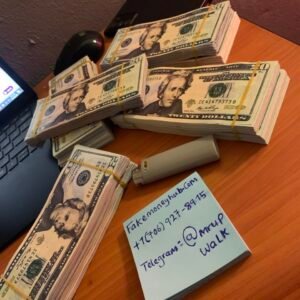
Buy Counterfeit 20 Dollars
Price range: $150.00 through $2,700.00Select options This product has multiple variants. The options may be chosen on the product page -
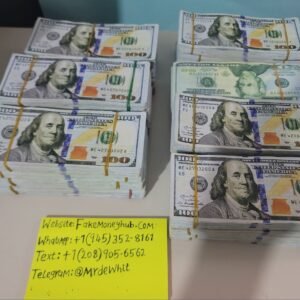
Buy Counterfeit 100 Dollars
Price range: $150.00 through $2,700.00Select options This product has multiple variants. The options may be chosen on the product page -
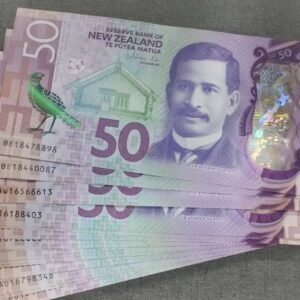
Buy Fake New Zealand Dollars Online
Price range: $250.00 through $19,900.00Select options This product has multiple variants. The options may be chosen on the product page -
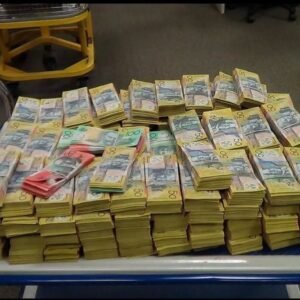
Buy Counterfeit Australian Banknotes
Price range: $250.00 through $4,500.00Select options This product has multiple variants. The options may be chosen on the product page -
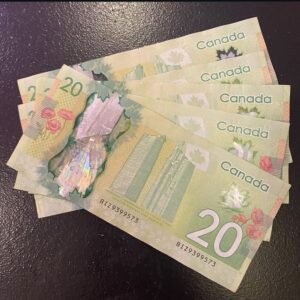
Buy Fake Canadian Dollars Online
Price range: $150.00 through $2,700.00Select options This product has multiple variants. The options may be chosen on the product page
